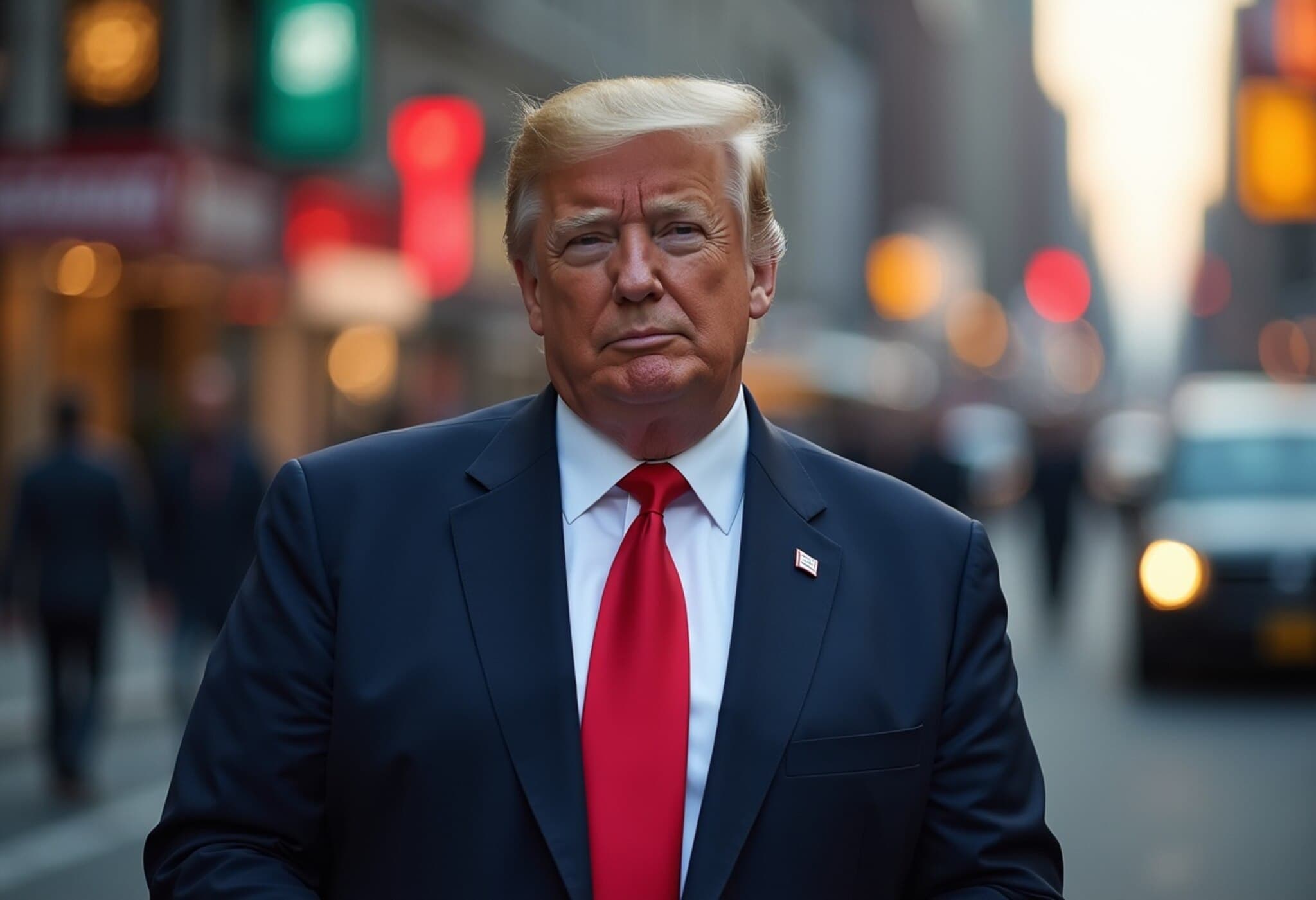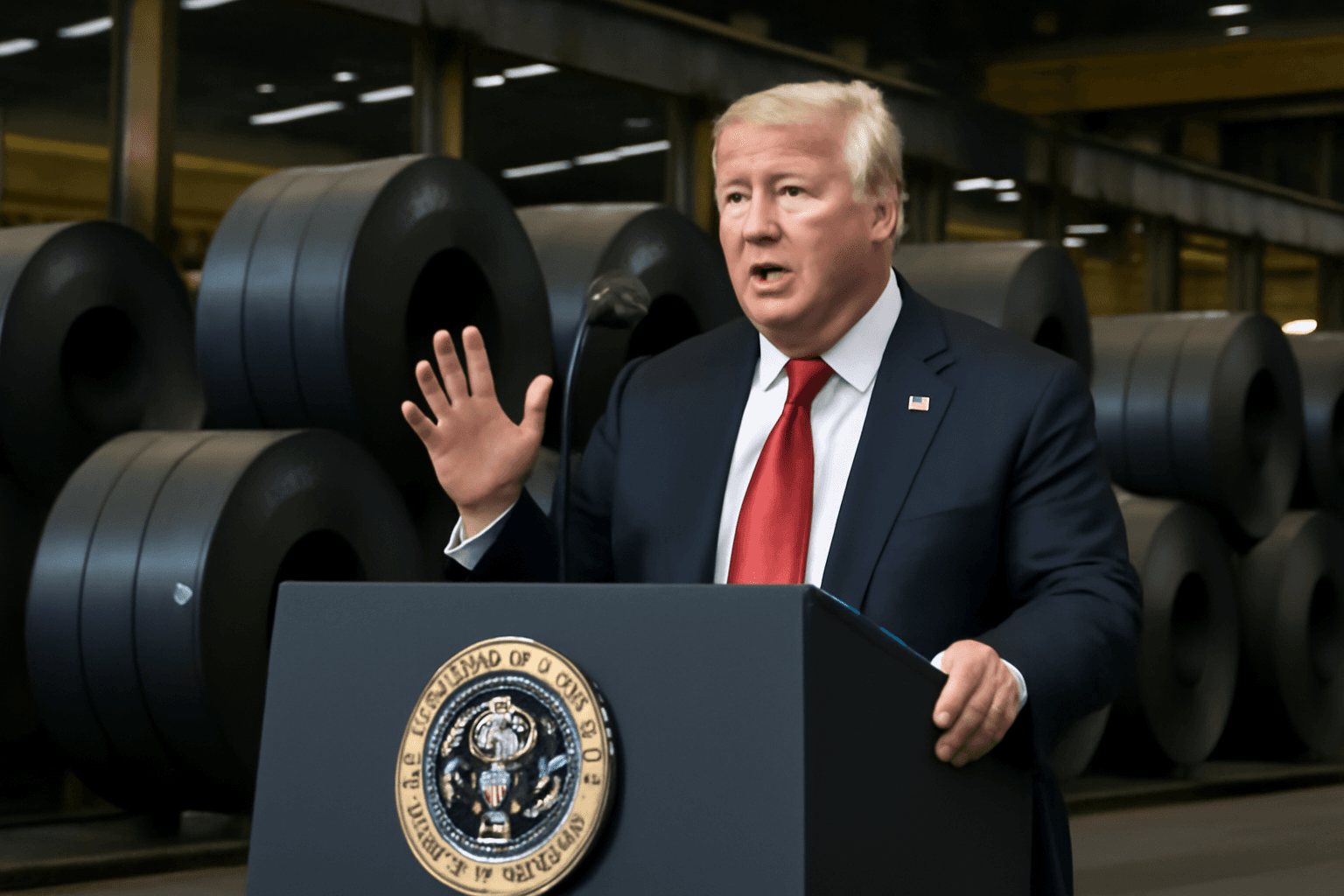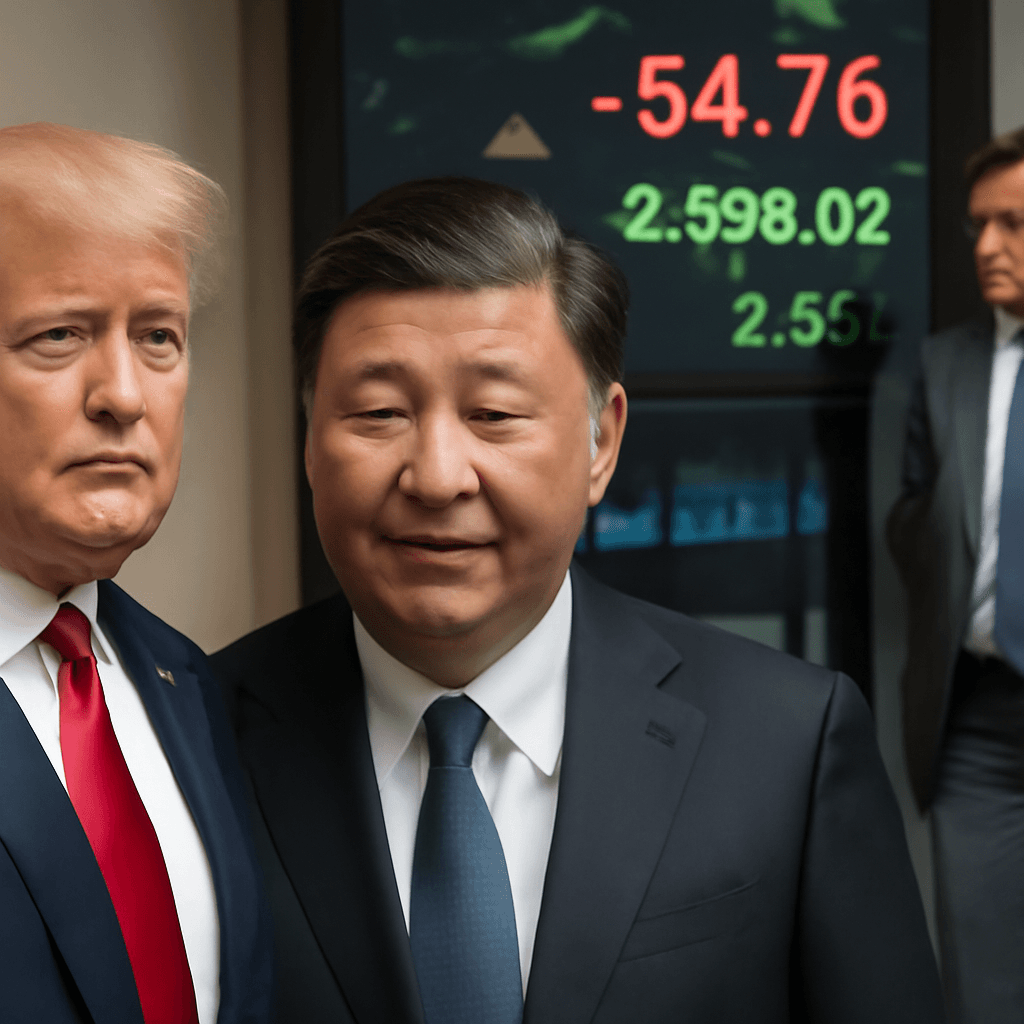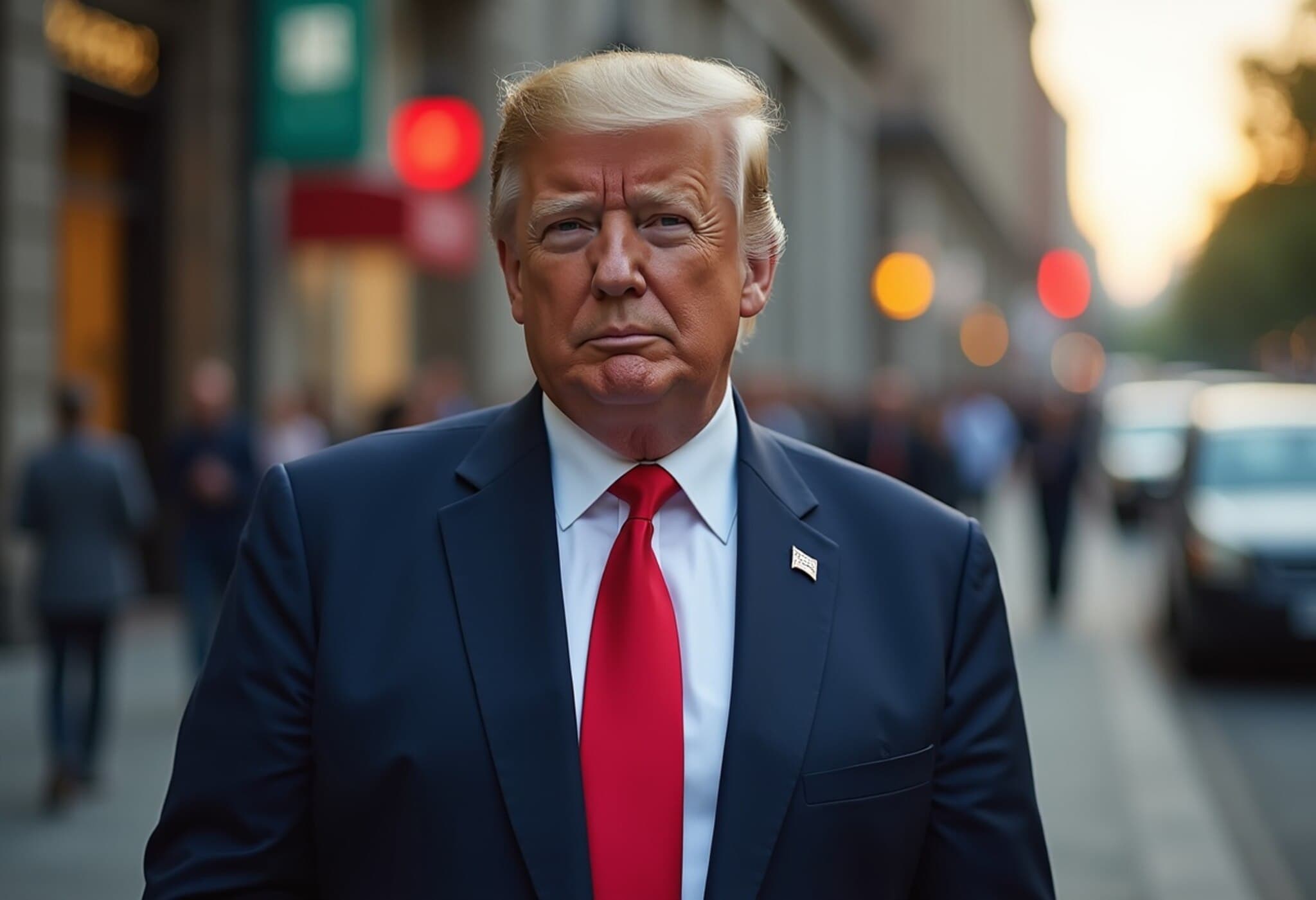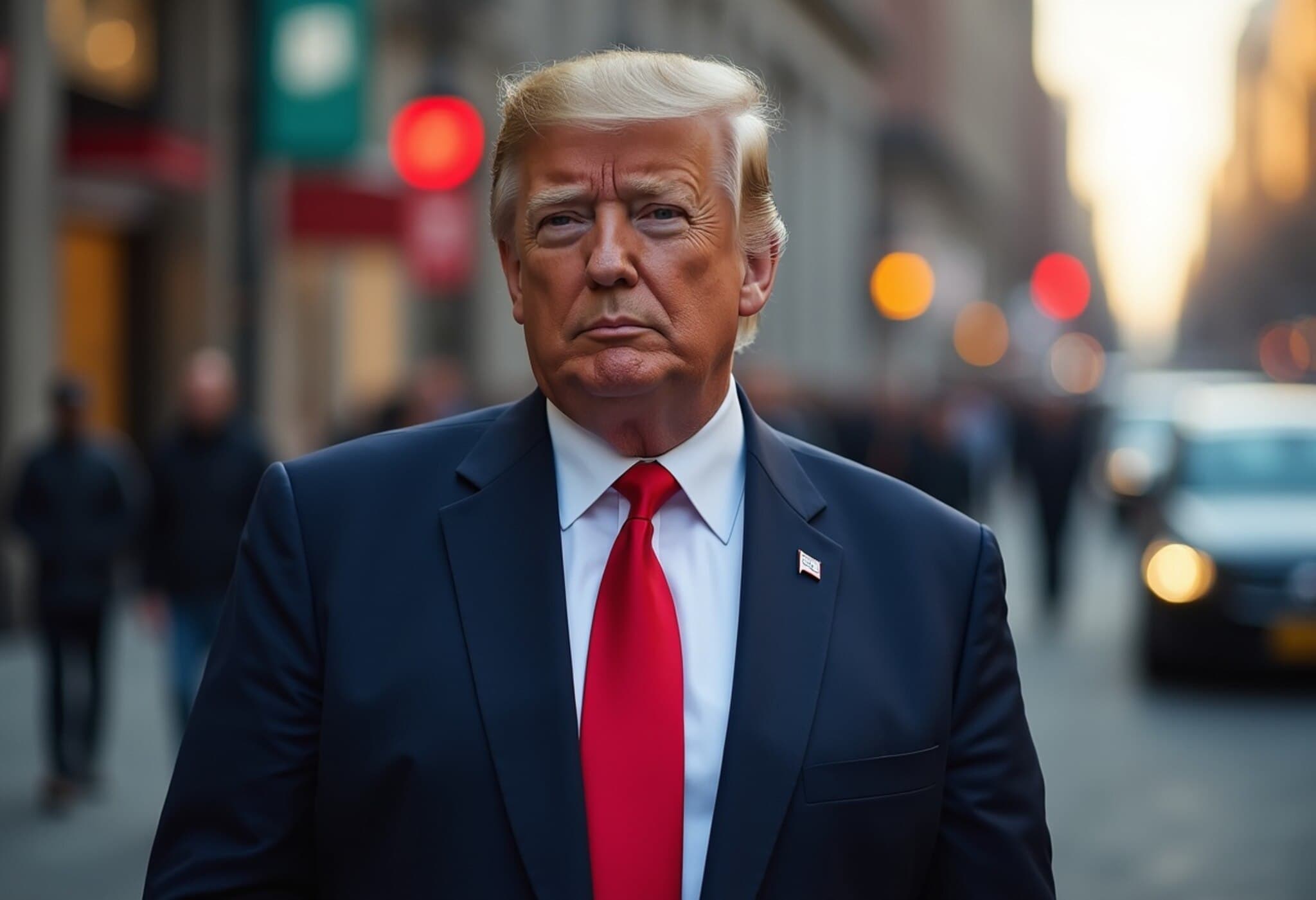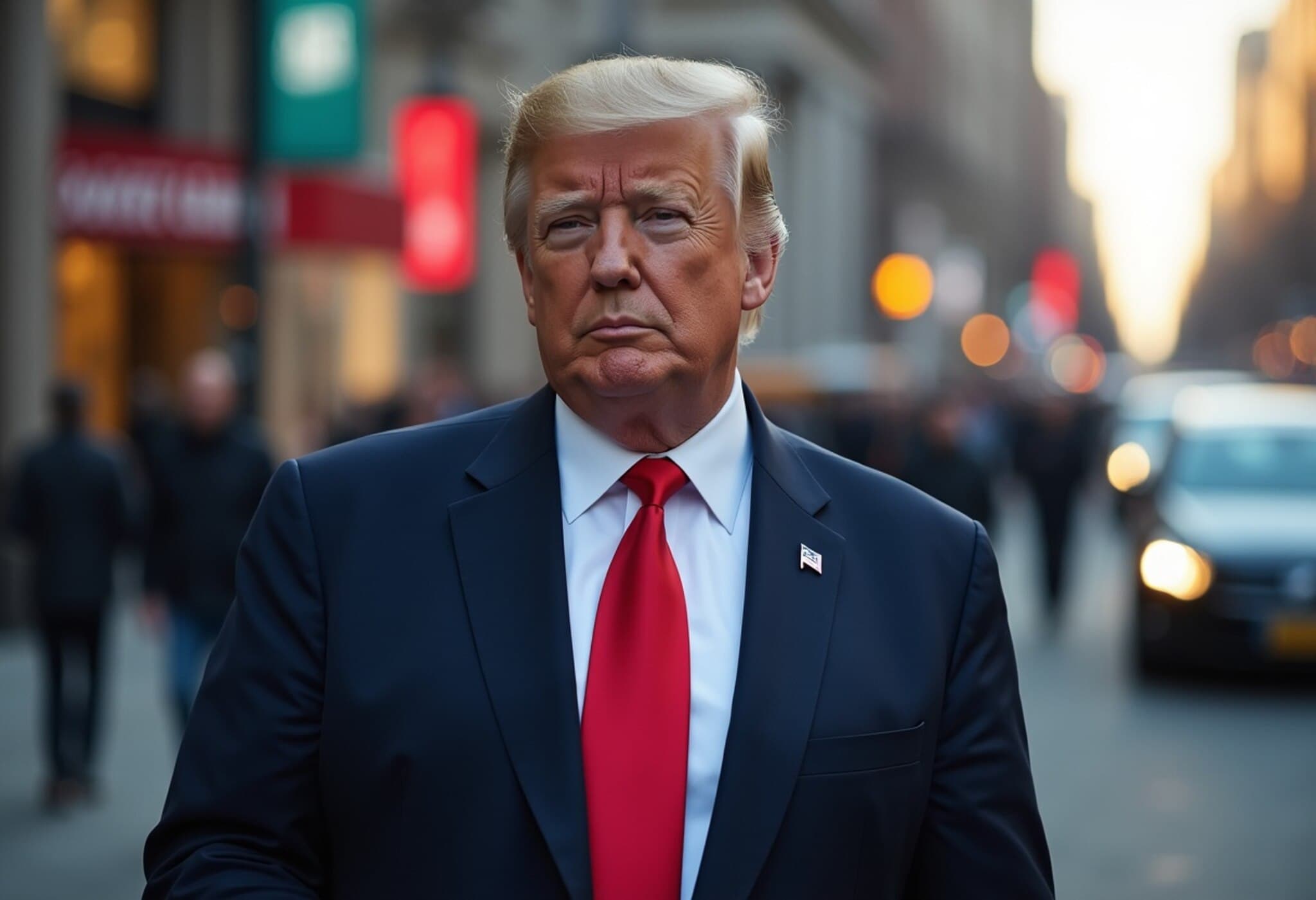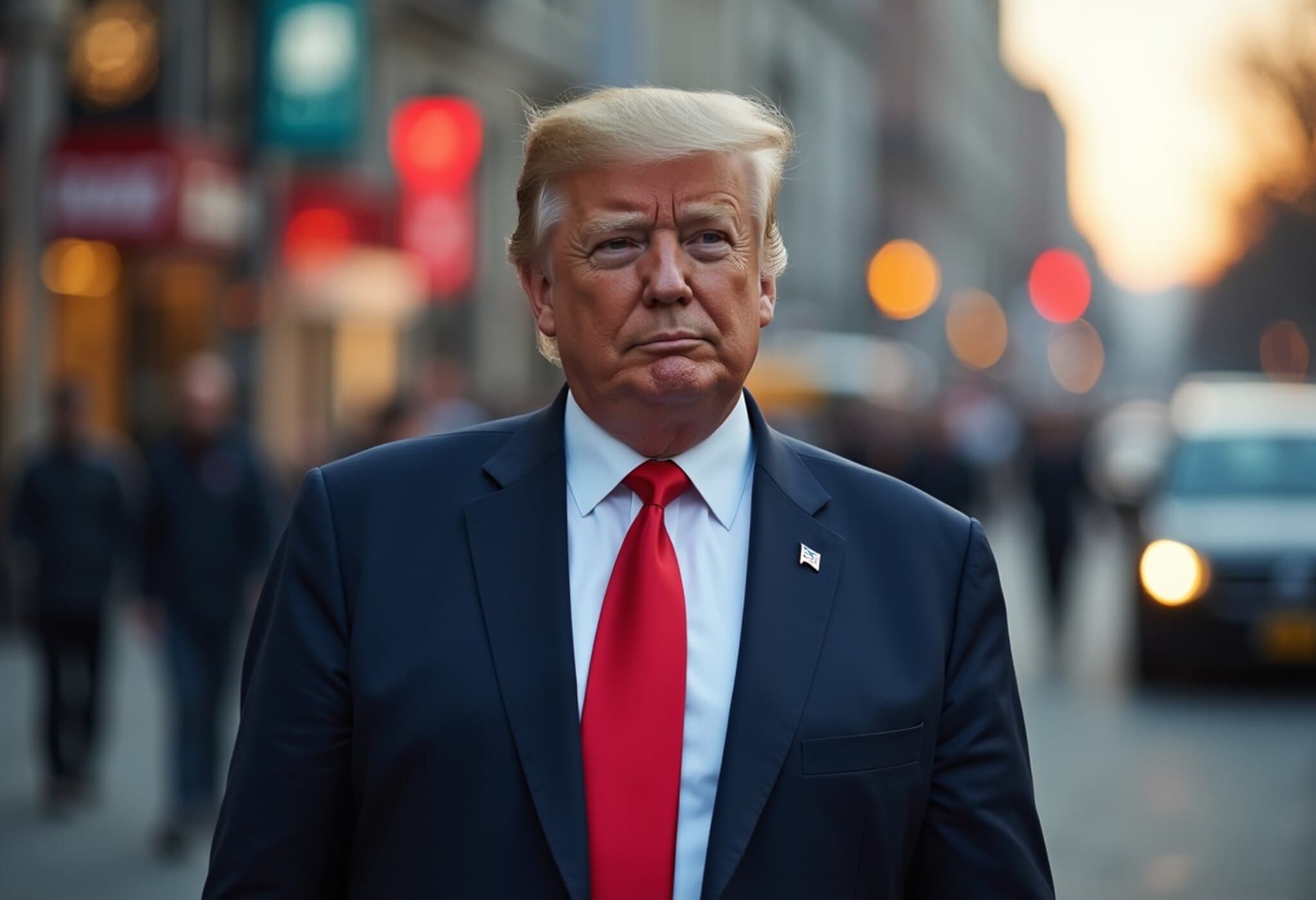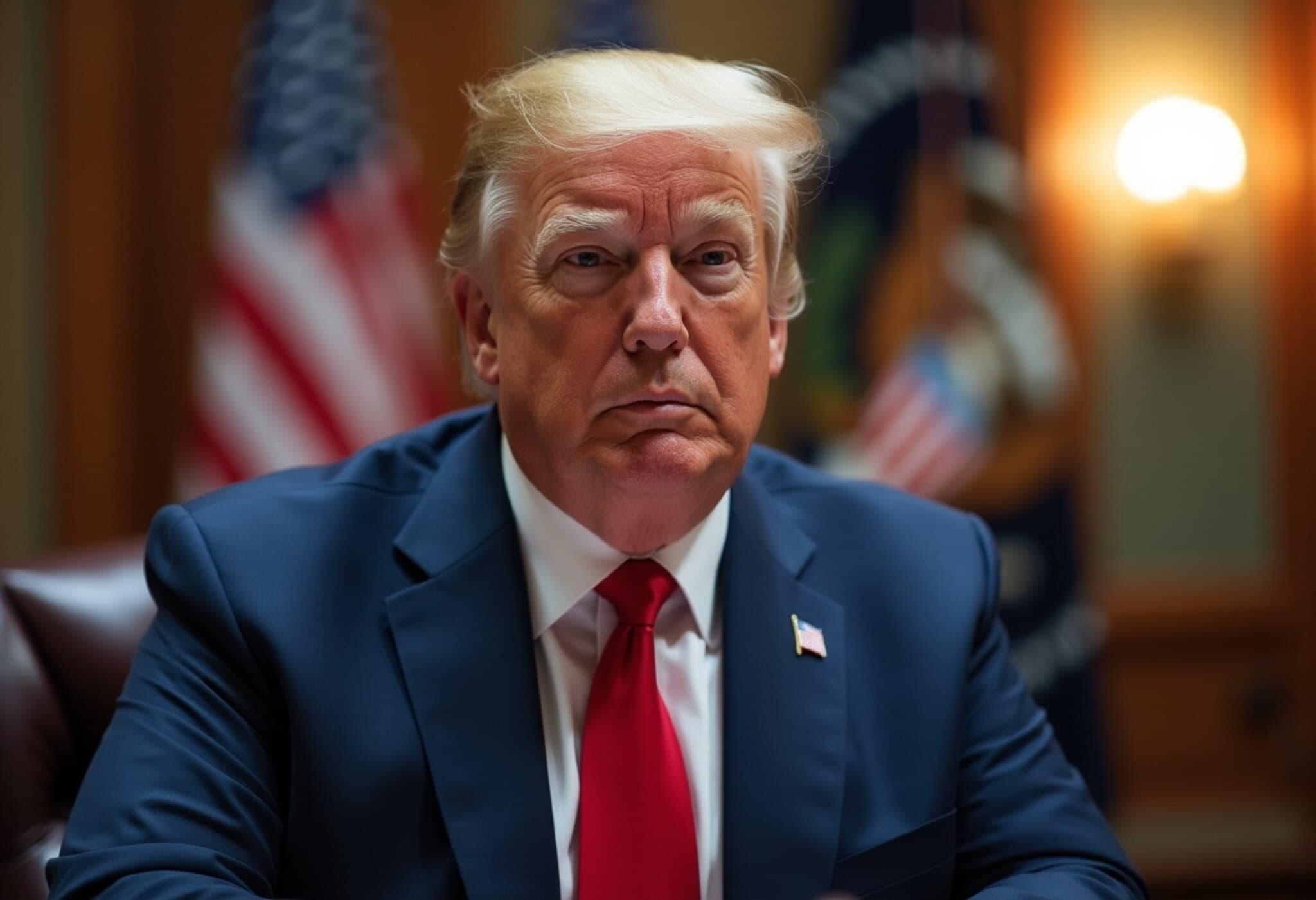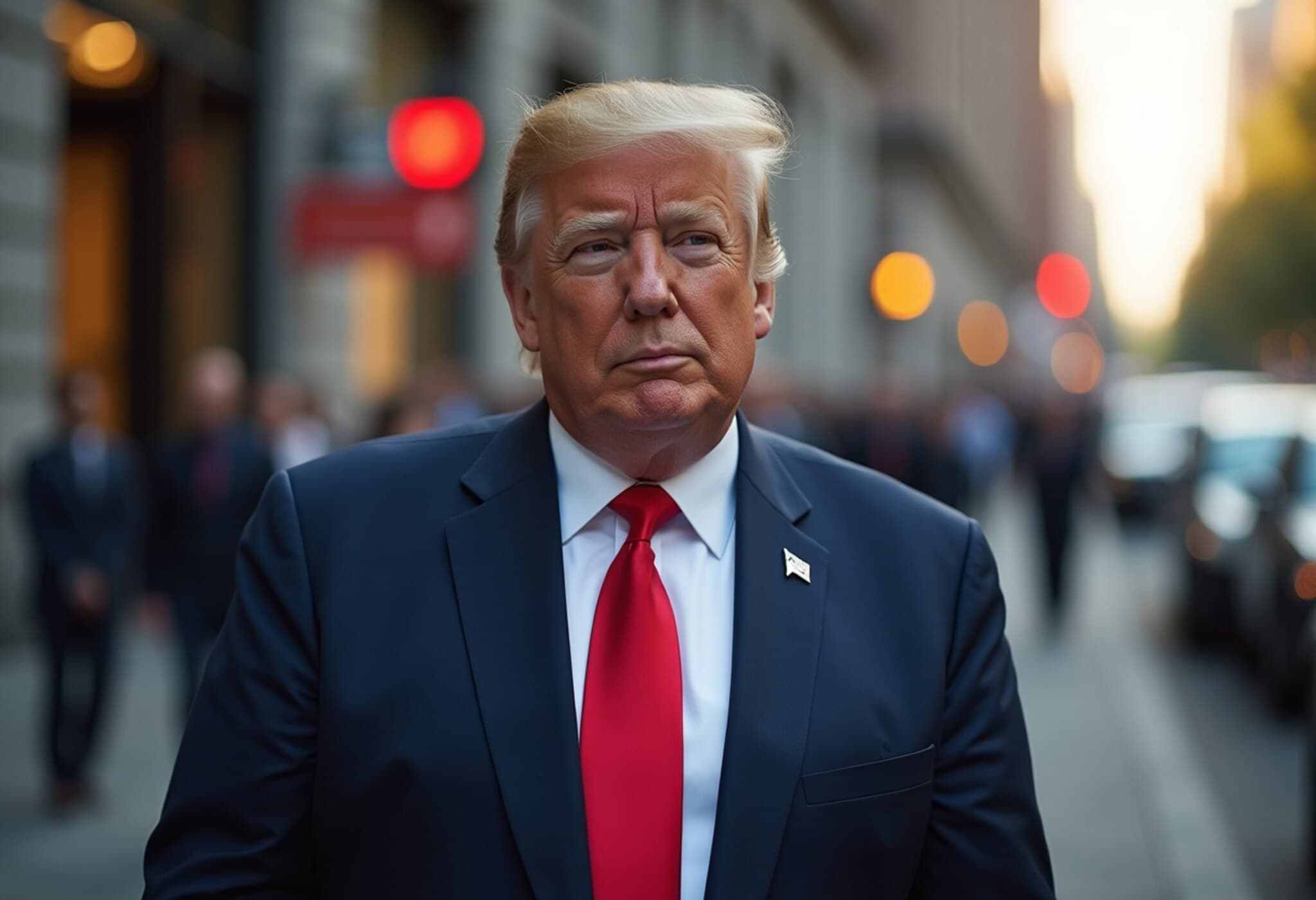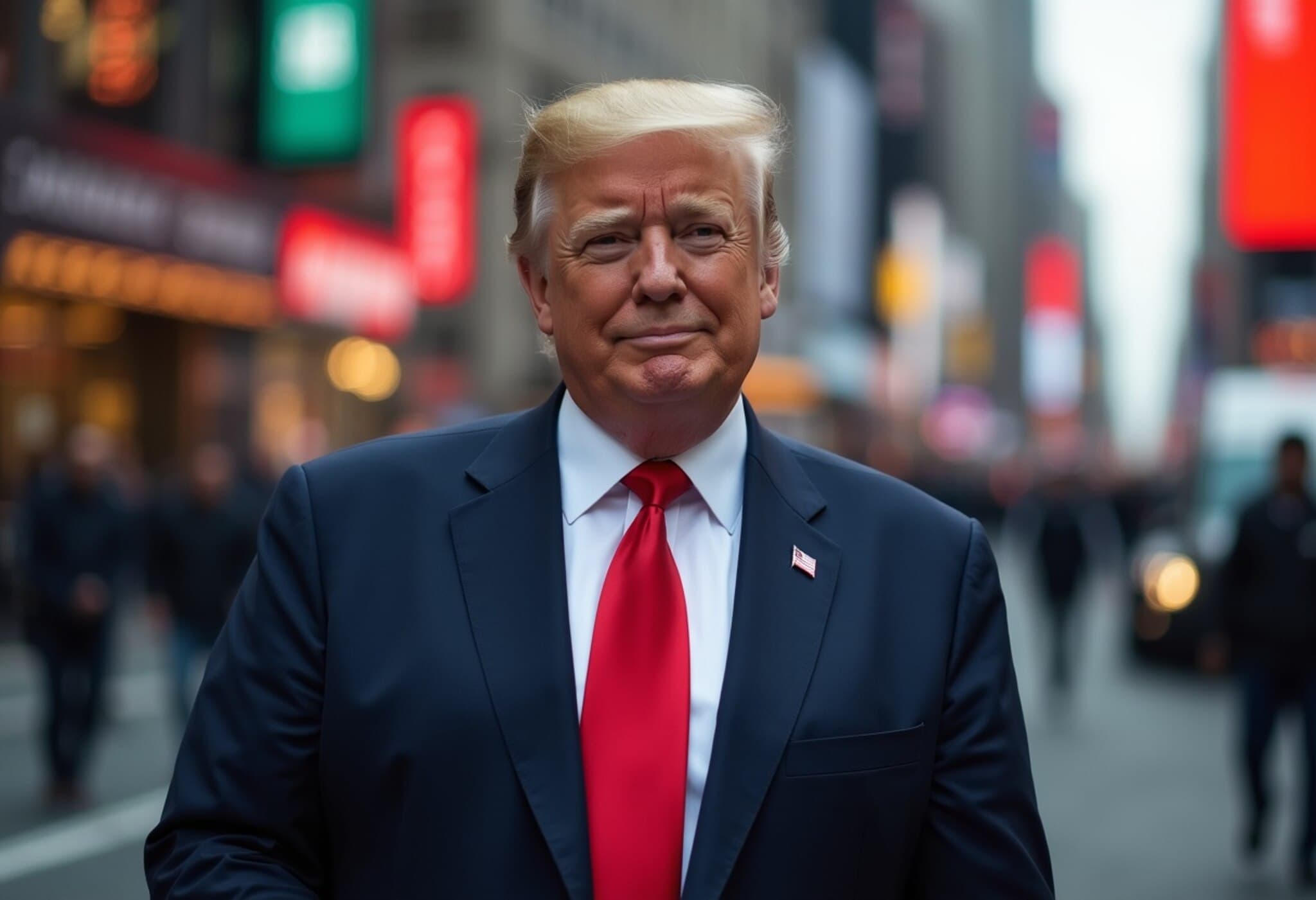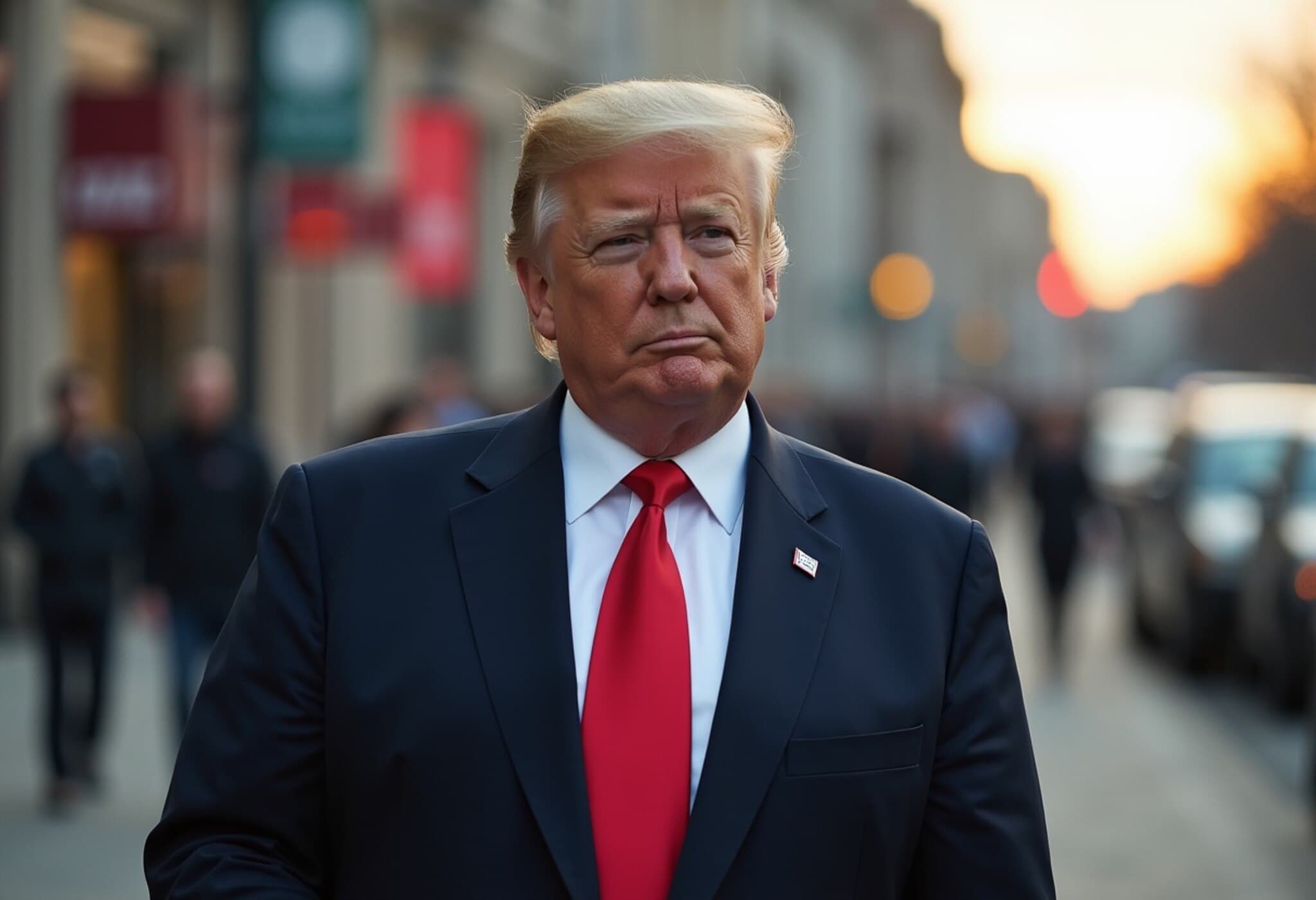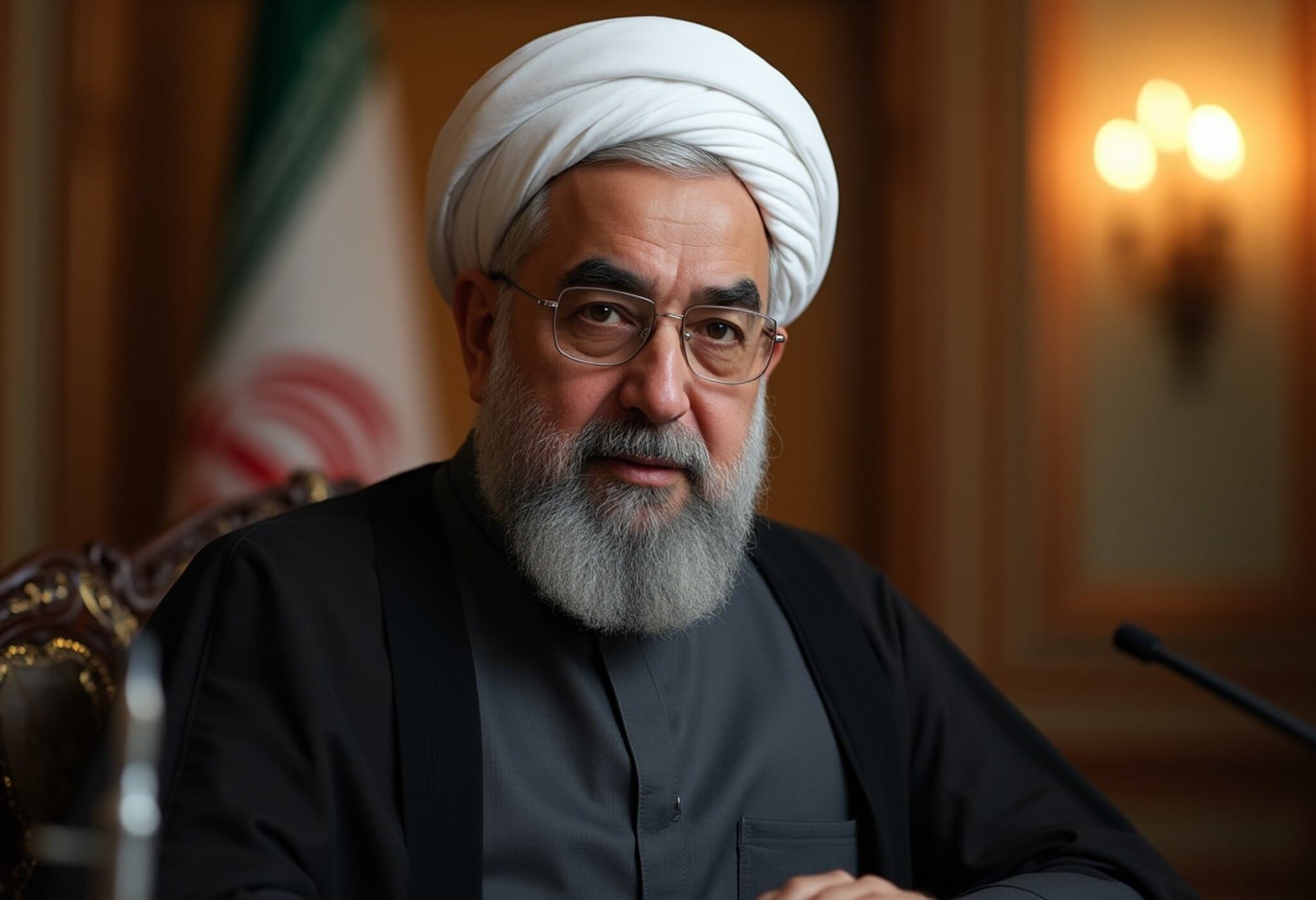US Announces Stricter Tariffs on 14 Nations Amid Rising Global Trade Tensions
In a bold move that underscores America's shifting trade strategy, President Donald Trump has announced new "reciprocal" tariffs of up to 40% on products imported from 14 countries effective August 1, 2025. This latest policy update marks an escalation from the initial tariffs imposed back in April and signals a renewed push to address what the administration views as unfair trade practices.
Details of the Tariff Hike and Affected Countries
Early on Monday, letters were dispatched from the White House to leaders of the affected countries, providing specifics about the revised tariff rates—some increased, others lowered when compared to the initial April tariffs.
- Japan and South Korea: A standout announcement introduced a steep 25% tariff on imports from these key Asian trading partners.
- Malaysia, Kazakhstan, South Africa, Myanmar, Laos: Tariffs raised to rates as high as 40%.
- Tunisia, Bosnia and Herzegovina, Indonesia, Bangladesh, Serbia, Cambodia, Thailand: Included in the latest umbrella of tariff-increasing countries.
President Trump justified these levies by highlighting significant trade deficits and critiquing policies abroad that he asserts hamper American exports. The administration's approach is rooted in a desire to rebalance trade dynamics, particularly with countries perceived as imposing barriers on US goods.
Background and Economic Implications
The “reciprocal” tariff initiative began in April 2025, initially setting a baseline tariff of 10%, with certain products facing up to 50% in duties. However, a 90-day reprieve on the most aggressive tariffs was granted, set to expire July 9.
The recent executive order postponed the start of the new tariff regime, excluding China, pushing enforcement to August 1. China's exclusion in this extension hints at ongoing complex negotiations, while the aggressive stance on other countries reflects a broader policy trend toward protectionism.
Market reactions were swift: The Dow Jones, S&P 500, and Nasdaq indexes all experienced sharp declines on the day of the announcement, signaling investor concern over escalating trade conflicts and potential disruptions to global supply chains.
Expert Insights: Navigating the Global Trade Fallout
Dr. Emily Thompson, a trade policy analyst based in Washington, DC, comments: "While the administration frames these tariffs as tools to protect American interests, there is significant risk of retaliation and supply chain fragmentation. Countries hit hardest may impose their own counter-tariffs, creating a spiral that can ultimately raise costs for US consumers and exporters alike."
Moreover, many economists warn that the unilateral imposition of high tariffs without broader multilateral dialogue could strain alliances, especially with long-standing allies like Japan and South Korea, complicating geopolitics in the Asia-Pacific region.
Underreported Dimensions and Questions for the Future
- How will small and medium American businesses, reliant on imported materials from these countries, adapt to the new costs?
- What is the potential impact on global inflation, considering tariffs effectively raise prices on goods?
- Could these tariff escalations accelerate supply chain diversification, benefiting other emerging markets?
- What role will Congress play in moderating or endorsing this expanded tariff policy?
Editorial Summary
The renewed tariff impositions mark a significant tightening of the US's trade stance amid ongoing tensions with key trading partners outside China. While intended to shore up American industrial competitiveness and address alleged trade imbalances, the broader economic fallout remains uncertain. Investors, policymakers, and businesses worldwide are navigating uncharted waters as protectionist measures reshape traditional trade relationships.
Editor’s Note
President Trump’s latest tariff expansions illustrate the continued contest between global free trade and protectionism. While aiming to defend domestic industries, these tariffs risk tangled retaliations and higher consumer prices. Stakeholders should watch closely how affected countries respond and how these policies influence the broader international economic and political landscape.
As trade policies evolve, it remains crucial to balance national interests with collaborative diplomacy to foster sustainable economic growth and stability.

